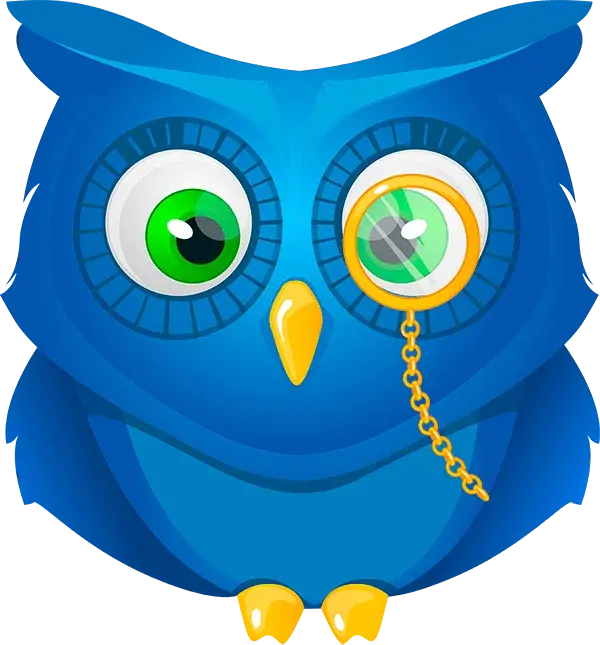Good morning, everyone! My name is Laura Bloomstein, and I am thrilled to be your lecturer for this course on Information Technology and Emerging Technologies. Today, we’ll be exploring the foundational aspects of IT and delving into some of the latest advancements that are shaping the future of technology.
What is Information Technology (IT)?
Information Technology, or IT, refers to the use of computers, storage, networking, and other physical devices, infrastructure, and processes to create, process, store, secure, and exchange all forms of electronic data. IT is essential in today’s business environment, supporting everything from small-scale operations to multinational enterprises.
Core Components of IT
-
Hardware: These are the physical devices required for processing and storing data. Examples include servers, computers, and networking equipment.
-
Software: This includes the applications and operating systems that run on the hardware. Examples are operating systems like Windows or Linux and applications like Microsoft Office or database management systems.
-
Networking: This involves connecting different hardware devices to ensure seamless data transfer. Key elements include routers, switches, and the protocols that govern network communication.
-
Data Management: This encompasses the processes and tools used to store, manage, and analyze data. Databases and data warehouses are crucial here.
-
Security: Protecting data and systems from cyber threats is paramount. This includes firewalls, encryption, and various cybersecurity protocols.
Emerging Technologies in IT
Now, let’s turn our attention to some of the emerging technologies that are revolutionizing the IT landscape.
-
Artificial Intelligence (AI) and Machine Learning (ML): AI and ML are transforming how we interact with technology. They enable machines to learn from data and make decisions, improving efficiency and creating new opportunities across industries. For instance, AI is used in predictive analytics, autonomous vehicles, and natural language processing.
-
Cloud Computing: The shift to cloud computing has changed how businesses operate, providing scalable resources and reducing the need for on-premises hardware. Services like Amazon Web Services (AWS), Microsoft Azure, and Google Cloud Platform allow organizations to deploy and manage applications more efficiently.
-
Internet of Things (IoT): IoT connects everyday objects to the internet, enabling them to send and receive data. This technology is transforming sectors like healthcare, agriculture, and smart cities by providing real-time data and automation.
-
Blockchain: Known primarily for its use in cryptocurrencies, blockchain technology offers secure and transparent transaction methods. Its decentralized nature is finding applications in supply chain management, voting systems, and more.
-
Quantum Computing: Although still in its nascent stages, quantum computing promises to solve complex problems much faster than classical computers. This could have significant implications for cryptography, material science, and large-scale simulations.
The Importance of Staying Updated
The field of IT is dynamic and rapidly evolving. It’s crucial to stay updated with the latest trends and advancements. Continuous learning through courses, certifications, and staying engaged with industry news will ensure you remain competitive and knowledgeable.
Conclusion
In conclusion, IT is the backbone of modern business and society, driving innovation and efficiency. Emerging technologies like AI, cloud computing, IoT, blockchain, and quantum computing are opening new frontiers. As we embark on this journey through IT and emerging technologies, I encourage you to stay curious, ask questions, and embrace the changes that lie ahead.






